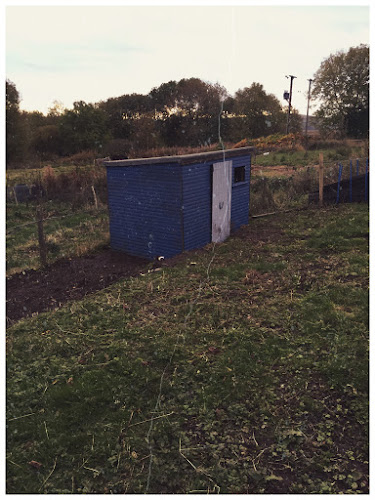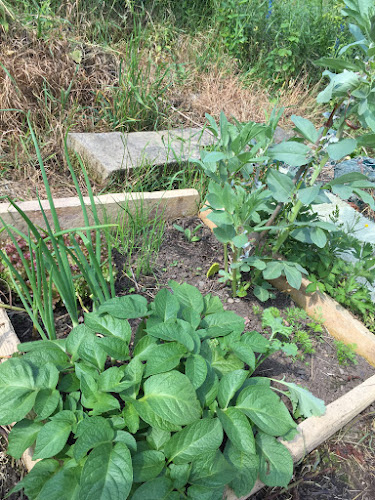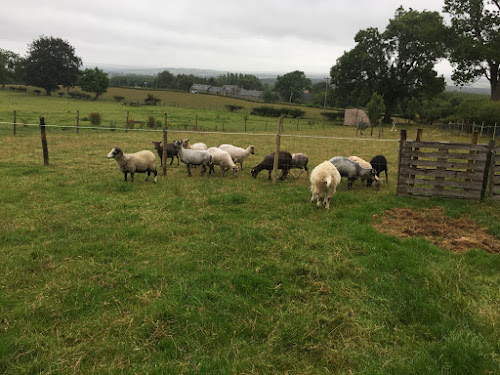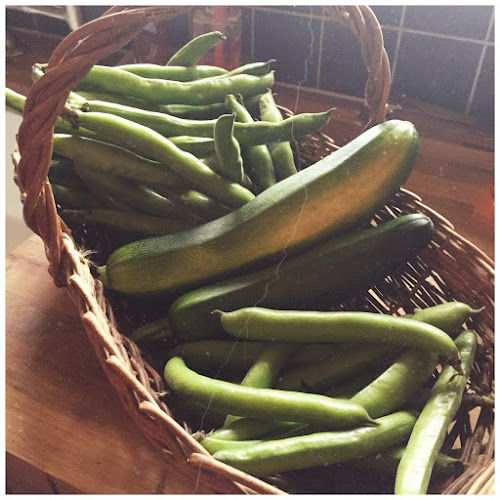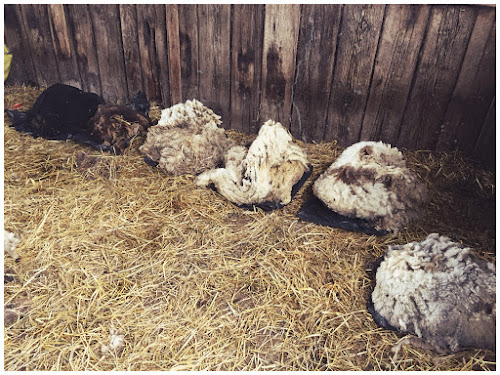So, I am always looking for ways to save cash, eat more healthily and teach the kids something fun/useful/life changing. If I can do one thing and achieve all three then, even better.
We are a family of 'almost butter' users, you know the stuff, 'spreadable' butter it is usually called. Not quite margarine, not quite butter. And don't get me wrong it's handy stuff to have, it's spreadable (just like it says on the tin), no sitting butter pats by the kettle or cup of tea trying to melt if just enough to be spreadable but usually ending up with having to drizzle it over your bread! Or the other extreme, just going for it, and attempting to spread the yellow 'cement' and ending with a perfect square of crust and a ball of breadcrumbs and butter stuck to the knife.
That being said there are a multitude of ingredients in these spreads that are not deadly, but I'm guessing we can live without and may even benefit from being without. So an opportunity to step away from them for a time can only be good, in my opinion.
My attempt was also to see if making your own butter was cheaper than buying the same at the supermarket. You can see if I managed at the bottom of my post where I'll give a basic breakdown of my costs. We'll see if I can beat the supermarket!
Whilst out doing a top up shop at our local supermarket (bet you can't guess which one!) I spotted three tubs of their own brand double cream, reduced. The prices were different, no idea why, but averaged at 91p each (I'll round up in all calculations, keep it fair).
I snapped them up as I had been looking for cream since watching a kids show with my eldest where they explained how butter was made and I had wanted to do same at home, let her actually see the process.
In terms of ridding ourselves of 'nasties' this method does of course still contain whatever they put in the cream, and it doesn't tell you any ingredients, just that it may contain milk. But, unless I nip over the road to the dairy I can't get pure cream..... hmmmmm....
This has to be one of the easiest things you can do at home. It's a little time consuming but the simplicity makes up for that! I'd recommend a stand mixer if your using as much cream as I am. With less you could probably whisk by hand or the jar method below.
Pour all of your cream into the mixer and, using the balloon whisk, get beating. Firstly the cream will get soft peaked, then stiff peaked. This is when you'd normally stop beating but keep going. The cream will then start to breakdown into the butter and the buttermilk. It will look a little like scrambled egg floating in milk. Yum! This is when you stop.
With a sieve over a large bowl pour the whole lot into the sieve and allow the buttermilk to drain.
Once it stops dripping place the butter back into the cleaned mixer bowl and beat again. More buttermilk will appear. Drain this off as before. I repeated this about three times until barely any buttermilk remained.
Next you need to clean your butter. Place your butter blob into a clean bowl and cover with cold water. Squeeze the butter with your hands. The water will go cloudy. Drain the water and recover with fresh cold water. Repeat this until the water stays clear.
Your butter is now ready to be shaped into blocks, or however you wish to store it. If you have butter pats then use them, if not, like me, just use your hands. I split my butter into three equalish sized blobs and gave them a bit of a squeeze over the sink before shaping, just to ensure I'd got any excess water out. They can then be wrapped in greaseproof paper and frozen or used straightaway.
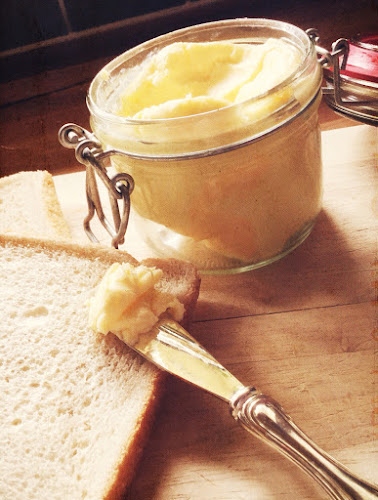 |
| Get spreading and enjoying! |
If you want to salt your butter, then you will need about 1/4 tsp of salt per 110g of butter. To salt the butter spread it out on a sheet of greaseproof and sprinkle over the salt. Roll up and place in a bowl, give it a good squishing with your hands to distribute the salt evenly.
I do salt my butter and there are two reasons people choose to. One is taste and the other is that the salt will help the butter last longer. I salt mine for both reasons but sometimes leaving a block unsalted is great for when there is baking to be done!
Your butter is now made and ready to be enjoyed! Remember to retain that buttermilk, there are many uses for it. It can be frozen but remember if you do it will separate so will need to be whipped again after defrosting before you use it!
But the question on everyone's lips is.... was it worth it? And my short answer is ..... Yes!
Here's my breakdown, I hope I got the Maths right!
Butter
Total cost of cream: £2.82
Weight of butter made: 860g
Cost of my butter: 33p per 100g
Comparison Prices
Asda own brand, Salted: 34p per 100g
Lurpak, Salted: 68p per 100g
So I beat Asda own brand by 1p per 100g but was significantly cheaper than the branded. But I also got 700ml of buttermilk from my cream. Now I only found one company that sells its buttermilk in millilitres rather than grams, so for ease I used them to determine how much my buttermilk would've cost to buy.
Buttermilk
Buttermilk at 18p per 100ml: £1.26
Direct Cost Comparison
My butter and buttermilk cost: £2.82
Equivalent amount of Asda own butter and buttermilk: £4.18
Equivalent amount of Lurpak butter and buttermilk: £7.11
Not a bad saving regardless of the company or brand. So I think this experiment has been a big success! But to top it off, as I mentioned above this was also a great learning experience for my 4 year old. By placing a small amount of cream into a jar, screwing on the lid tightly and letting her shake like crazy, she was able to make her own butter. Then she could get stuck right in with the cleaning, squeezing her butter clean. After we'd finished we immediately had to make two rounds of toast to try it out! She loved the whole thing!
Let me know if you take up the butter challenge! Let me know how it goes!
